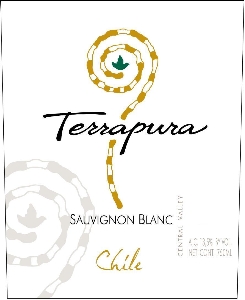 Dating back to the 1880’s the Undurraga family has played a significant role in the Chilean wine industry. As it relates to Chilean wine in the US they were the first to export here. And when Chilean wine started to find a significant home on US shelves they led the charge in brand recognition. In 2006 they sold their namesake winery, brand name and vineyard. But instead of retreating from the wine business they approached it anew. Alfonso Undurraga Mackenna great nephew of Undurraga founder Francisco started a new brand with his sons. Thus Koyle Winery was founded. I recently had the chance to sit down with winemaker Cristobal Undurraga and taste the wines he’s making with and for his family winery.
The goal at Koyle Winery is two-fold. They want to show off the fact that Chile can produce small lot premium wines. And within that focus their goal is to over deliver on each release. Throughout dinner, Cristobal who is a charming speaker told us very passionately about their goals for the Koyle brand. Before tasting the Koyle wines though we tasted through the family’s value brand Terrapura.
Dating back to the 1880’s the Undurraga family has played a significant role in the Chilean wine industry. As it relates to Chilean wine in the US they were the first to export here. And when Chilean wine started to find a significant home on US shelves they led the charge in brand recognition. In 2006 they sold their namesake winery, brand name and vineyard. But instead of retreating from the wine business they approached it anew. Alfonso Undurraga Mackenna great nephew of Undurraga founder Francisco started a new brand with his sons. Thus Koyle Winery was founded. I recently had the chance to sit down with winemaker Cristobal Undurraga and taste the wines he’s making with and for his family winery.
The goal at Koyle Winery is two-fold. They want to show off the fact that Chile can produce small lot premium wines. And within that focus their goal is to over deliver on each release. Throughout dinner, Cristobal who is a charming speaker told us very passionately about their goals for the Koyle brand. Before tasting the Koyle wines though we tasted through the family’s value brand Terrapura.
The wines in the Terrapura range are varietal selections. With 25,000 cases of each made they’re going to be widely available on US shelves. Each of them has a suggested retail price of $9.99.
Sauvignon Blanc, Chardonnay, Merlot, and Carmenere are the Terrapura wines we sampled. There is also a Cabernet Sauvignon in this line. While I felt they were each well made and more than fairly priced, two stood out as favorites for me:
Terrapura – 2009 Sauvignon Blanc. This first wine of the night also turned out to be one of the favorites for both myself and others at the table. It’s loaded with lots of very fresh fruit flavors. Citrus abounds. It has tremendous acidity and a touch of creaminess on the finish. For $10 this wine is a steal.
Terrapura – 2008 Merlot. This offering has a big an alluring nose filled with rose petals and cherry aromas. Throughout the palate it features continued cherry, as well as chocolate and plum notes. The finish is beautifully dry with earth, chicory and spice. This Merlot is well balanced with good acidity. It’s tough to find a Merlot in this price category with this type of varietal character. That’s going to make this selection hard to beat.
Cristobal spoke knowledgeably about the Terrapura wines though he doesn’t make them. One of the decisions the family made when they started anew in 2006 was to operate their value and premium lines as separate wineries as opposed to different lines in the same winery. I can’t speak to what they would have tasted like if they didn’t make that decision. But I can tell you that what they decided worked very well. There are style differences in addition to qualitative differences in these wines that make them distinct.
Koyle Winery was named after a purple plant that can be found in their mountain vineyards. The wines are produced from both estate fruit and sourced grapes. The fruit they source comes from long term growers who have relationships with the Undurraga family that date back many years, assuring they get the quality they are looking for. Currently Koyle has four releases. The total case production for them stands at around 12,000. This encompasses two Cabernet Sauvignons and two Syrahs. Each wine has a standard release ($16.99) and a “Royale” ($25.99) which is their version of a reserve offering. The 2007 vintage that we tasted is the first for the Royale wines. My impressions of these offerings follow:
 Koyle - 2007 Cabernet Sauvignon. This selection also has 12% Carmenere blended in. This Cabernet has a really big and expressive nose showing lots of dark, brooding berry fruit. Berry flavors continue through the palate joined by spice and earth notes which lead to a nice finish. This wine has firm tannins. If you’re drinking it now decanting is heartily recommended.
Koyle - 2007 Cabernet Sauvignon. This selection also has 12% Carmenere blended in. This Cabernet has a really big and expressive nose showing lots of dark, brooding berry fruit. Berry flavors continue through the palate joined by spice and earth notes which lead to a nice finish. This wine has firm tannins. If you’re drinking it now decanting is heartily recommended.
Koyle – 2007 Syrah. 13% Carmenere is also blended in. Blueberry, plum and blackberry are all prominent in the nose of this wine. The palate has an appealing jammy feel to it. It seems to find a sweet spot that nestles itself between the very ripe offerings that often come from Australia and the more reserved old world selections. This would pair beautifully with barbecue foods.
Koyle – 2007 Royale Cabernet Sauvignon. Malbec (9%) and Carmenere (6%) are blended into this selection. I found this Cabernet to have even darker fruit than its counterpart. It also has bigger, firmer, chewy tannins and a notably lengthy finish. This wine is nice now, but I don’t think it’s close to being at its best yet; 5 years of proper storage should help this one really evolve. It should drink well for several years after that.
Koyle – 2007 Royale Syrah. 11% Malbec and 4% Carmenere are blended into this wine. The nose of this Syrah is loaded with floral notes. Cassis, blackberry pie and copious baker’s spice emerges throughout the full bodied and rich palate. Dry fruit and espresso notes kick in on the lengthy finish. As with the Cabernet this wine will easily get better in the upcoming years under proper storage conditions.
Speaking with Cristobal throughout the evening and tasting the wines his family is producing was a noteworthy experience. His passion for wine in general and the promise of Chile in particular shines through with every word he utters. The Undurraga family has played a key role in the history of Chilean wine. It stands to reason that they will be one of the producers that causes the world to realize, on a larger scale than they currently do, that Chile stands not only for value but for premium quality as well.
Most impressive to me is that each of these wines does meet their stated goal of over-delivering on their price-points. That’s no small feat. If you drink Chilean wines, keep your eyes open for the Koyle and Terrapura wines, they’re well worth giving a shot. If you currently don’t drink much wine from Chile, this wouldn’t be a bad place to start.
Please take a moment to vote for my blog.
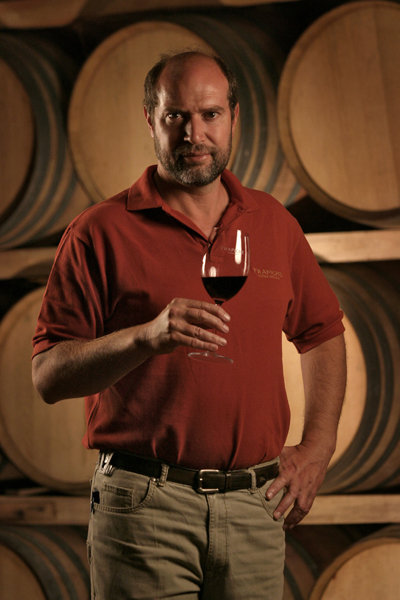 I recently wrote about some of the Trapiche Wines. The Extra Brut and Torrontes here at Gabe's View and the varietal Malbec in a recent column for Bullz-eye. I had a second look at those wines and several others recently when I had occasion to taste them with Winemaker Daniel Pi.
I recently wrote about some of the Trapiche Wines. The Extra Brut and Torrontes here at Gabe's View and the varietal Malbec in a recent column for Bullz-eye. I had a second look at those wines and several others recently when I had occasion to taste them with Winemaker Daniel Pi.
 What is it about Champagne that causes so many Americans to relegate it to celebrations? Don’t get me wrong I think it’s a perfectly fine wine to toast with. That said I think so many people are missing tremendous experiences when they don’t reach for it more often. Champagne like many other kinds of wine is made in an array of styles. And depending on what you’re going to have for dinner, lunch or brunch it's a pretty solid bet that there’s a Champagne that will match your meal.
Last week I had the opportunity to taste the wines of
What is it about Champagne that causes so many Americans to relegate it to celebrations? Don’t get me wrong I think it’s a perfectly fine wine to toast with. That said I think so many people are missing tremendous experiences when they don’t reach for it more often. Champagne like many other kinds of wine is made in an array of styles. And depending on what you’re going to have for dinner, lunch or brunch it's a pretty solid bet that there’s a Champagne that will match your meal.
Last week I had the opportunity to taste the wines of  Dating back to the 1880’s the Undurraga family has played a significant role in the Chilean wine industry. As it relates to Chilean wine in the US they were the first to export here. And when Chilean wine started to find a significant home on US shelves they led the charge in brand recognition. In 2006 they sold their namesake winery, brand name and vineyard. But instead of retreating from the wine business they approached it anew. Alfonso Undurraga Mackenna great nephew of Undurraga founder Francisco started a new brand with his sons. Thus
Dating back to the 1880’s the Undurraga family has played a significant role in the Chilean wine industry. As it relates to Chilean wine in the US they were the first to export here. And when Chilean wine started to find a significant home on US shelves they led the charge in brand recognition. In 2006 they sold their namesake winery, brand name and vineyard. But instead of retreating from the wine business they approached it anew. Alfonso Undurraga Mackenna great nephew of Undurraga founder Francisco started a new brand with his sons. Thus  Koyle - 2007 Cabernet Sauvignon. This selection also has 12% Carmenere blended in. This Cabernet has a really big and expressive nose showing lots of dark, brooding berry fruit. Berry flavors continue through the palate joined by spice and earth notes which lead to a nice finish. This wine has firm tannins. If you’re drinking it now decanting is heartily recommended.
Koyle - 2007 Cabernet Sauvignon. This selection also has 12% Carmenere blended in. This Cabernet has a really big and expressive nose showing lots of dark, brooding berry fruit. Berry flavors continue through the palate joined by spice and earth notes which lead to a nice finish. This wine has firm tannins. If you’re drinking it now decanting is heartily recommended.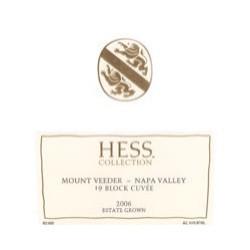 I’ve been fond of wines form Mount Veeder for many years now. But over the last year I’ve made a more concerted effort to try more of them. While I think a wide array of varietals shine up on Mt. Veeder the classic Bordeaux grapes are amongst those I feel stand out most often. Today I’m going to take a look at a selection from
I’ve been fond of wines form Mount Veeder for many years now. But over the last year I’ve made a more concerted effort to try more of them. While I think a wide array of varietals shine up on Mt. Veeder the classic Bordeaux grapes are amongst those I feel stand out most often. Today I’m going to take a look at a selection from 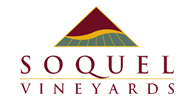 Today marks the finale for The 12 Days of Pinot Noir. That said stay tuned for some additional Pinot Noir coverage over the next few weeks sometime. Today's finale is another stop in the Santa Cruz Mountains.
Today marks the finale for The 12 Days of Pinot Noir. That said stay tuned for some additional Pinot Noir coverage over the next few weeks sometime. Today's finale is another stop in the Santa Cruz Mountains. 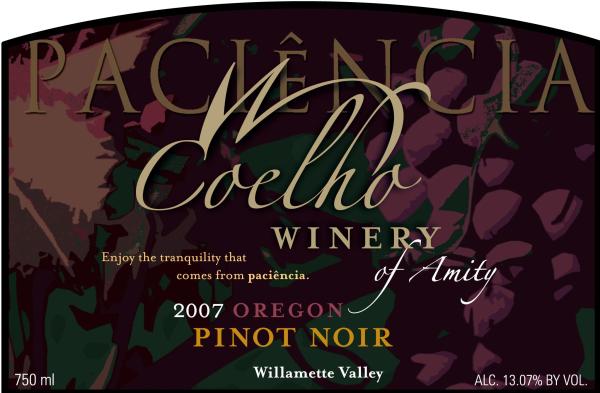 Today marks the second to last day for The 12 Days of Pinot Noir. The stop today is up in Oregon at a relatively new Winery.
Today marks the second to last day for The 12 Days of Pinot Noir. The stop today is up in Oregon at a relatively new Winery.  Today The 12 Days of Pinot Noir goes into overtime. This was necessitated by a larger than anticipated number of tasty wines worth reporting on. The next stop is the Edna Valley.
Today The 12 Days of Pinot Noir goes into overtime. This was necessitated by a larger than anticipated number of tasty wines worth reporting on. The next stop is the Edna Valley. 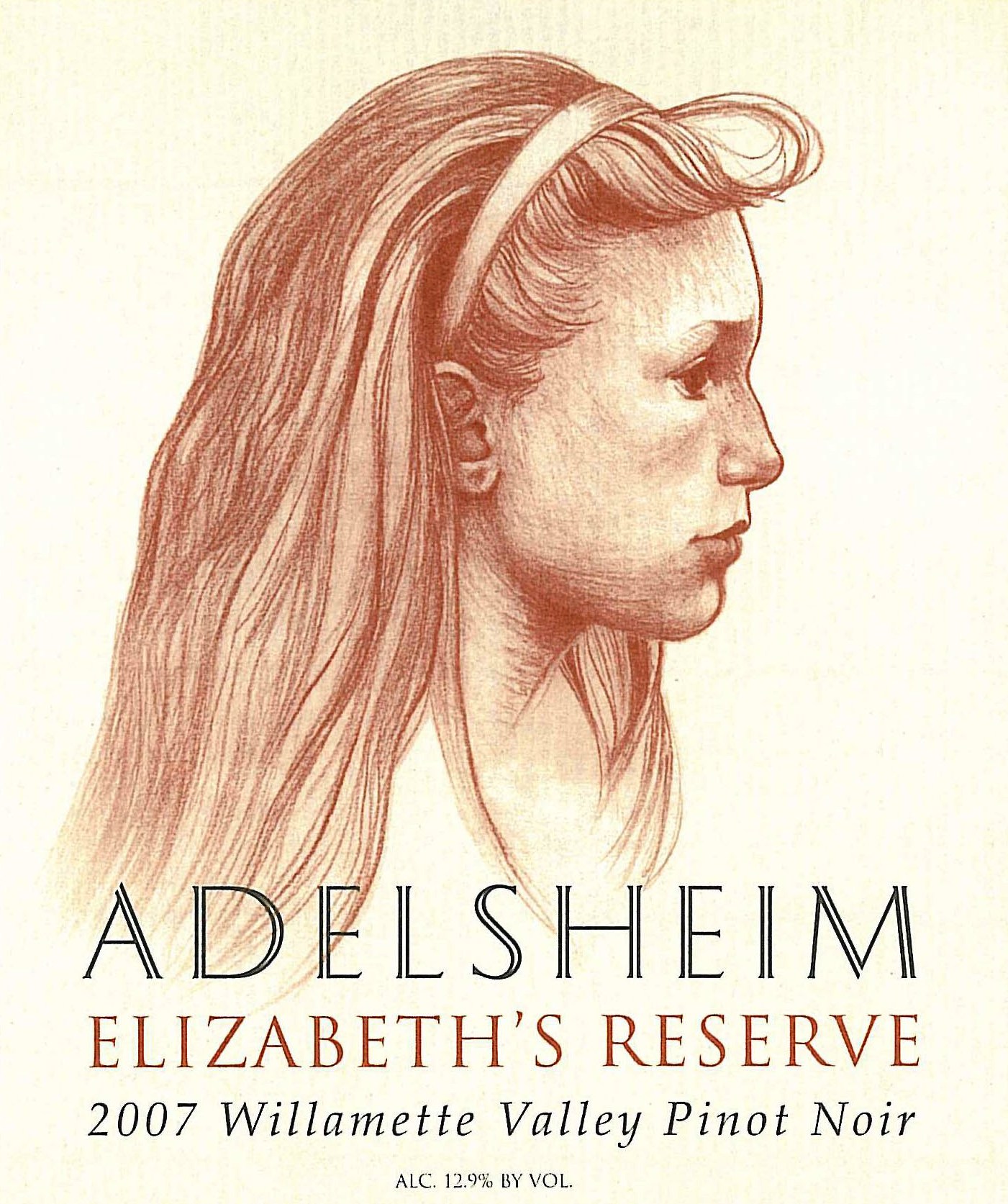 The 12 Days of Pinot Noir continues to tour the Willamette Valley in Oregon. Today’s stop is at
The 12 Days of Pinot Noir continues to tour the Willamette Valley in Oregon. Today’s stop is at  As The 12 Days of Pinot Noir starts heading into the home stretch it’s back to Willamette Valley in Oregon.
As The 12 Days of Pinot Noir starts heading into the home stretch it’s back to Willamette Valley in Oregon. 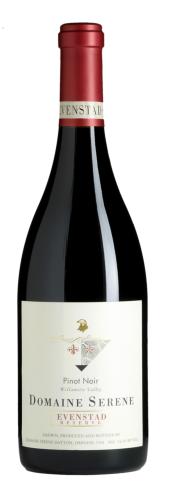 The 12 Days of Pinot Noir heads back to the Willamette Valley in Oregon. When I visited, a few years back, both the wines and the setting at
The 12 Days of Pinot Noir heads back to the Willamette Valley in Oregon. When I visited, a few years back, both the wines and the setting at  Mountains.
Mountains.  If you go to your local wine shop and look through the domestic Pinot Noir the
If you go to your local wine shop and look through the domestic Pinot Noir the 
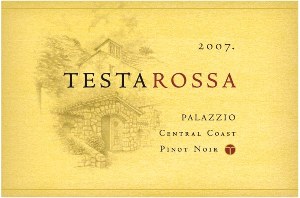 Today The 12 Days of Pinot Noir stops in Los Gatos California.
Today The 12 Days of Pinot Noir stops in Los Gatos California. 
 Today it’s back to the Willamette Valley in Oregon for The 12 Days of Pinot Noir. Archery Summit Winery has 5 vineyard sites and a total of 115 acres under vine. With laser like focus their entire operation is dedicated to only one thing, Pinot Noir. I fondly recall my stop at
Today it’s back to the Willamette Valley in Oregon for The 12 Days of Pinot Noir. Archery Summit Winery has 5 vineyard sites and a total of 115 acres under vine. With laser like focus their entire operation is dedicated to only one thing, Pinot Noir. I fondly recall my stop at  Day 4 finds The 12 Days of Pinot Noir making another stop in the Santa Cruz Mountains.
Day 4 finds The 12 Days of Pinot Noir making another stop in the Santa Cruz Mountains.  A couple of years ago when I travelled to Willamette Valley in Oregon for the firs time there were several Wineries I had in mind to visit. Some were due to exceptional wines I’d had in the past and a few were based on reputation. As I made my way around for a week the recommendations started to pile up. One that was mentioned to me by several folks was
A couple of years ago when I travelled to Willamette Valley in Oregon for the firs time there were several Wineries I had in mind to visit. Some were due to exceptional wines I’d had in the past and a few were based on reputation. As I made my way around for a week the recommendations started to pile up. One that was mentioned to me by several folks was  Petite Sirah blended in. Fruit was sourced from five Santa Cruz Mountains vineyard sources; over 59% was from their Regan Estate Vineyard. The Petite Sirah was sourced in Lodi. This wine spent 10 months in French and American oak of which 20% was new. The suggested retail price for this wine is $25.
Petite Sirah blended in. Fruit was sourced from five Santa Cruz Mountains vineyard sources; over 59% was from their Regan Estate Vineyard. The Petite Sirah was sourced in Lodi. This wine spent 10 months in French and American oak of which 20% was new. The suggested retail price for this wine is $25. The final wine I’m looking at from Bargetto Winery is the 2006 Santa Cruz Mountains Reserve Pinot Noir. This selection is 85.1% Pinot Noir and the balance other varietals. Approximately 85% of the fruit is from Santa Cruz with the balance from Monterey County. Over 62% of the Pinot is from the Regan Estate. This wine was aged for 12 months in French, American and Hungarian Oak; 20% of it was new. Just 254 cases of this selection were produced and the suggested retail price is $40.
The final wine I’m looking at from Bargetto Winery is the 2006 Santa Cruz Mountains Reserve Pinot Noir. This selection is 85.1% Pinot Noir and the balance other varietals. Approximately 85% of the fruit is from Santa Cruz with the balance from Monterey County. Over 62% of the Pinot is from the Regan Estate. This wine was aged for 12 months in French, American and Hungarian Oak; 20% of it was new. Just 254 cases of this selection were produced and the suggested retail price is $40. The next stop for The 12 Days of Pinot Noir is one of several to the Santa Cruz Mountains. I’ve been sampling and ultimately drinking more and more wines from this region over the last few years. I’m happy to report that there are quite a number of wineries turning out excellent wine in this area. The common thread that sticks out for me in the better Santa Cruz Mountains selections I have tried is an outstanding purity of fruit.
The first selection I’m looking at from Santa Cruz Mountains during The 12 Days of Pinot Noir is 2006 release from
The next stop for The 12 Days of Pinot Noir is one of several to the Santa Cruz Mountains. I’ve been sampling and ultimately drinking more and more wines from this region over the last few years. I’m happy to report that there are quite a number of wineries turning out excellent wine in this area. The common thread that sticks out for me in the better Santa Cruz Mountains selections I have tried is an outstanding purity of fruit.
The first selection I’m looking at from Santa Cruz Mountains during The 12 Days of Pinot Noir is 2006 release from